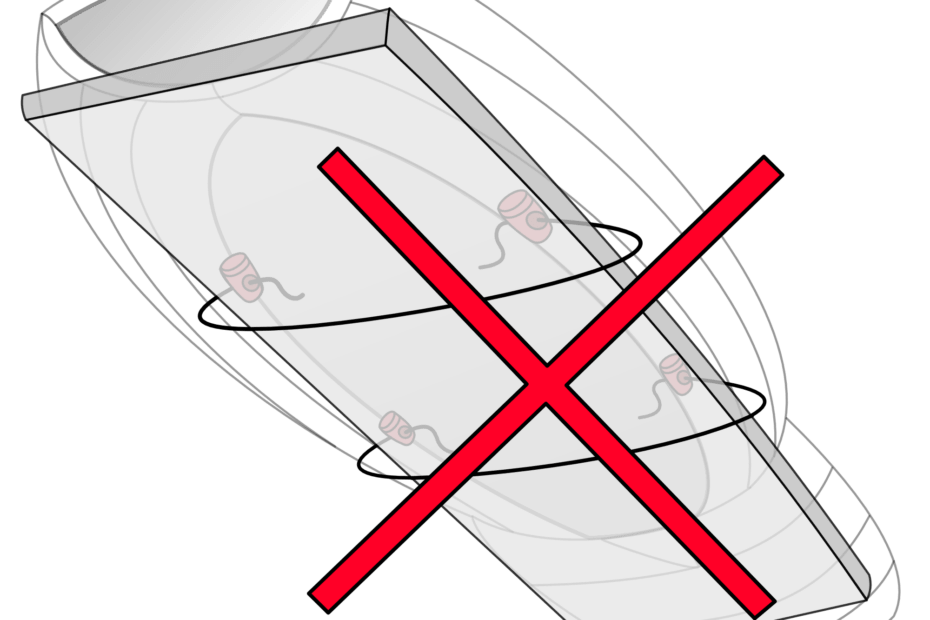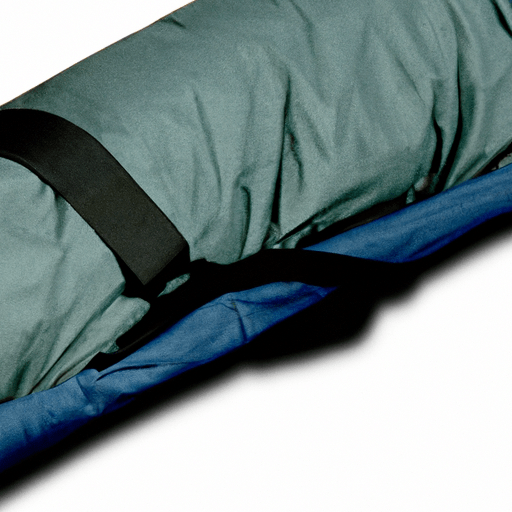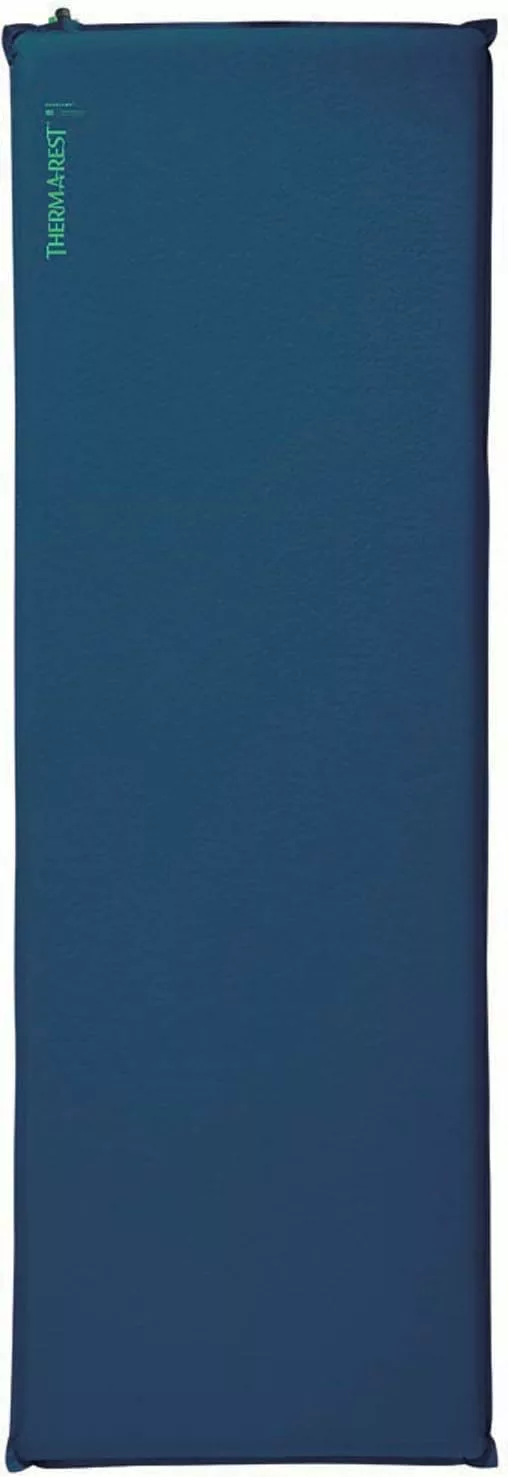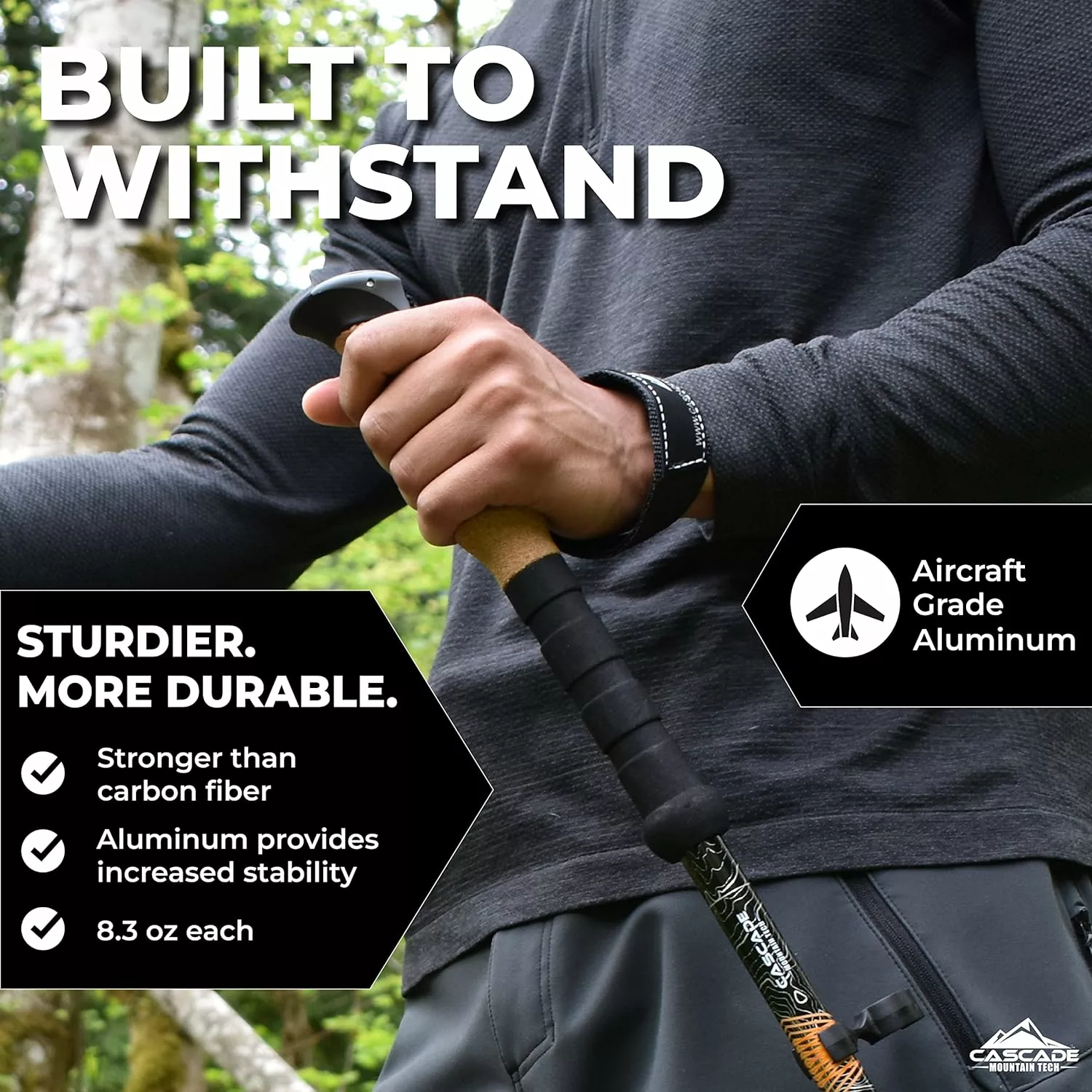Are you tired of struggling to find a secure and efficient way to attach your sleeping pad to your backpack? Look no further! In this article, we will explore a variety of strapping techniques that will keep your sleeping pad securely in place, leaving you free to enjoy your outdoor adventures without any worries. Whether you’re a seasoned hiker or a beginner camper, these tips and tricks will help you make the most of your sleeping pad and ensure a comfortable night’s sleep under the stars. Say goodbye to the days of a loose and cumbersome sleeping pad, and say hello to hassle-free backpacking!
Understanding the Basics
Importance of a sleeping pad
A sleeping pad is an essential piece of equipment for any backpacker or camper. It provides insulation and cushioning, creating a barrier between you and the cold, hard ground. Not only does a sleeping pad enhance your comfort and sleep quality, but it also offers insulation from the cold, especially in colder climates.
Additionally, a sleeping pad can help regulate your body temperature by preventing heat loss to the ground. This can be particularly important during colder seasons or when camping at high altitudes. Investing in a high-quality sleeping pad can go a long way in ensuring a restful night’s sleep.
Choosing the right sleeping pad for your backpack
When it comes to selecting a sleeping pad for your backpack, there are several factors to consider. First and foremost, you’ll want to consider the pad’s insulation, as different pads offer varying levels of warmth. If you’re planning to camp in colder temperatures or high altitudes, opt for a pad with higher insulation value.
Another crucial factor to consider is the pad’s size and weight. Backpackers often prioritize lightweight and compact gear, so choosing a sleeping pad that packs down small and is lightweight is ideal. However, make sure not to compromise on comfort and support for the sake of weight reduction.
Lastly, consider the pad’s durability and ease of inflation/deflation. Look for a pad that is made from durable materials, as it will be subjected to rougher terrain and frequent use. Additionally, consider the ease of inflation and deflation, as this can make a significant difference during setup and breakdown at camp.
Why attach your sleeping pad to your backpack?
Attaching your sleeping pad to your backpack has numerous benefits. Firstly, it frees up valuable space inside your backpack, allowing you to pack more efficiently. By strapping your sleeping pad to the outside of your pack, you can utilize the interior space for other crucial gear and supplies.
Furthermore, strapping your sleeping pad to your backpack can improve balance and weight distribution. By securing the pad to the back of your pack, you create a stable center of gravity, making it easier to carry your load. This can be particularly advantageous when hiking on uneven or steep terrain.
Lastly, attaching your sleeping pad externally can allow for quicker access. Instead of rummaging through your pack to retrieve your pad, you can easily unstrap it from the outside and set up camp in a matter of minutes. This convenience can be especially appreciated at the end of a long hike or when setting up camp in challenging weather conditions.
Preparation Before Strapping
Checking the condition of the sleeping pad
Before strapping your sleeping pad to your backpack, it’s essential to inspect it for any signs of damage or wear. Check for rips, tears, or punctures in the fabric and ensure that the valve is functioning correctly. Repairing any damage before your trip will prevent further deterioration and prolong the lifespan of your sleeping pad.
Cleaning the sleeping pad
A clean sleeping pad not only improves hygiene but also helps maintain its performance and lifespan. Dirt, debris, and body oils can accumulate on the surface of the pad, compromising its insulation and cushioning properties. Use a mild detergent, warm water, and a soft cloth to clean the pad. Avoid harsh chemicals or abrasive scrubbing, as these can damage the fabric.
Knowing your backpack’s attachment points
Familiarize yourself with the attachment points on your backpack before strapping your sleeping pad. Most modern backpacks have designated attachment loops or daisy chains located on the exterior. These attachment points are specifically designed to secure external gear, such as a sleeping pad. Identify the most suitable attachment points based on the size and shape of your pad and the overall balance of your pack.
Strapping Techniques: The Basic Setup
How to position the sleeping pad
Positioning your sleeping pad on the back of your backpack requires careful consideration. Start by placing the pad horizontally across the center of the pack’s back panel. Adjust the position until the pad is centered and feels balanced. Avoid placing the pad too high or low, as this can affect comfort and stability while hiking.
Tying proper knots
To secure your sleeping pad to your backpack, you’ll need to tie appropriate knots that are both secure and easy to undo. The most common knot used for this purpose is the square knot. Start by crossing the two straps over each other, and then cross them over again in the opposite direction. Finally, tuck the straps under themselves and tighten the knot.
Alternatively, you can use a trucker’s hitch knot to create a tensioning system that ensures a tight and secure attachment. This knot allows for quick and easy adjustment, making it ideal for varying pad sizes or when adding additional gear to the exterior of your pack.
Checking for stability and security
Before hitting the trail, it’s essential to double-check the stability and security of your strapped sleeping pad. Give the pad a few gentle tugs to ensure that it is firmly secured to your backpack. If the pad feels loose or unstable, readjust the straps or knots to achieve a more secure attachment. Maintaining stability and security will prevent the pad from shifting or falling off during your hike.
External Attachment Methods
Using side straps
Many backpacks feature side straps that can be utilized for attaching a sleeping pad. These straps are typically located on the sides of the pack, running from the bottom to the top. To use the side straps, slide one end of the sleeping pad between the straps, making sure it is centered. Pull the straps tightly, securing the pad in place. Repeat the process on the other side.
Utilizing upper and lower compression straps
Another method for attaching your sleeping pad is by utilizing the upper and lower compression straps on your backpack. These straps are designed to cinch down and compress the contents of your pack, improving stability. Start by slipping one end of the pad under the upper compression strap, near the top of the pack. Then, slide the other end under the lower compression strap, near the bottom. Tighten both straps, ensuring the pad is secure and centered.
Attaching to daisy chains or lash tabs
If your backpack is equipped with daisy chains or lash tabs, these can serve as excellent attachment points for your sleeping pad. Daisy chains are a series of loops sewn onto the exterior of the pack, while lash tabs are smaller fabric loops specifically designed for gear attachment. Simply slide one end of the sleeping pad through the loop or tab, and then secure the other end by tying a knot or using a carabiner.
Internal Attachment Methods
Inserting sleeping pad inside the main compartment
Though not as commonly used, some backpacks offer the option to insert a sleeping pad inside the main compartment. This method can be particularly useful if you prefer to have your gear protected from external elements or if you have limited external attachment points available. Simply roll up your sleeping pad and insert it vertically or horizontally into the main compartment of your pack, ensuring that it is secure and not causing any discomfort or imbalance.
Utilizing internal clips or straps
Some backpacks come equipped with internal clips or straps specifically designed to secure a sleeping pad inside the pack. These clips or straps are usually located inside the main compartment and can be adjusted to accommodate different pad sizes. Simply attach one end of the pad to the clip or strap and adjust the tension to ensure a snug fit. This method keeps the pad securely in place, preventing it from shifting or becoming a nuisance while hiking.
Situational Strapping Techniques
Strapping for long-distance hiking
When embarking on a long-distance hiking trip, it’s crucial to ensure that your sleeping pad is securely attached to your backpack. The constant motion and extended duration of these hikes can increase the likelihood of the pad coming loose or shifting. To prevent this, utilize a combination of attachment methods, such as side straps and compression straps, to achieve maximum stability and security.
Strapping for extreme weather conditions
In extreme weather conditions, such as high winds or heavy rain, it’s essential to consider additional measures to secure your sleeping pad. In addition to utilizing the standard attachment methods, consider supplementing with bungee cords or additional straps for added reinforcement. These extra precautions will ensure that your pad remains fastened, even in challenging weather conditions.
Strapping when backpack is fully packed
Strapping your sleeping pad when your backpack is fully packed requires careful planning and consideration of weight distribution. To avoid overloading one side or causing discomfort, use a combination of internal and external attachment methods. By utilizing the internal clips or straps, you can secure the pad inside the pack, while the external straps can provide additional stability and support.
Strapping Techniques for Different Styles of Sleeping Pads
Inflatable sleeping pads
Strapping inflatable sleeping pads to your backpack requires slightly different considerations. Start by deflating the pad and rolling it tightly, removing as much air as possible. Then, utilize the chosen attachment method to secure the rolled pad to your pack. It’s essential to ensure that the pad is tightly rolled and compact, as this will prevent it from shifting or bouncing during your hike.
Self-inflating sleeping pads
Self-inflating sleeping pads are typically bulkier than inflatable pads, but they offer more convenience in terms of setup and insulation. When strapping a self-inflating pad to your backpack, roll it up tightly, removing excess air. Secure the rolled pad using the chosen attachment method, making sure it is centered and firmly attached. Consider additional reinforcement if the pad feels too bulky or unstable.
Closed-cell foam sleeping pads
Closed-cell foam sleeping pads are known for their durability and lightweight design. When strapping this type of pad to your backpack, start by folding it into a compact shape. Place the folded pad horizontally across the back of your pack and secure it using the chosen attachment method. The stiffness and stability of closed-cell foam pads make them suitable for external attachment, as they are less prone to shifting or bouncing during your hike.
Common Mistakes to Avoid While Strapping a Sleeping Pad
Improper positioning
One common mistake when strapping a sleeping pad is improper positioning. Placing the pad too high or low on your backpack can affect your balance and overall comfort while hiking. It’s important to center the pad horizontally on the back panel of your pack, ensuring it feels balanced and not intrusive.
Inadequate knot tying techniques
Another mistake to avoid is using inadequate knot tying techniques. Insecure knots can result in a loosely attached sleeping pad, increasing the risk of it coming loose or shifting during your hike. Take the time to learn and practice secure knot tying techniques, such as the square knot or trucker’s hitch, to ensure a tight and reliable attachment.
Ignoring the weight distribution
Neglecting weight distribution when strapping a sleeping pad can lead to discomfort and an imbalance in your backpack. It’s crucial to distribute the weight evenly and avoid overloading one side. Find the right combination of attachment points and methods that allow for a balanced load and minimal strain on your back and shoulders.
Securing the Sleeping Pad for Different Terrains
Mountainous terrains
When venturing into mountainous terrains, ensuring the stability and security of your strapped sleeping pad is paramount. Steep ascents, descents, and uneven terrain can increase the likelihood of the pad shifting or becoming dislodged. Utilize a combination of attachment methods, such as side straps and compression straps, to secure the pad tightly and maintain stability even on rugged mountain trails.
Urban terrains
Navigating urban terrains may not present the same challenges as wilderness environments, but security and convenience are still important factors to consider. Strapping your sleeping pad securely to your backpack will prevent it from getting caught on obstacles or inadvertently bumping into people in crowded areas. Additionally, consider using attachment methods that allow for quick and easy access when you need to set up camp in urban settings.
Variable terrains
When hiking in variable terrains, it’s important to be adaptable and flexible with your strapping techniques. Different terrains may require adjustments in the attachment points or methods used. For example, if transitioning from a rocky trail to a dense forest, you may need to switch from using side straps to internal attachment methods to avoid snagging on branches or rocks.
Tips and Best Practices
Maintaining balance of the backpack
To maintain the balance of your backpack while strapping a sleeping pad, it’s important to distribute the weight evenly. Place the pad in a central position on the back panel of your pack, ensuring it does not cause any discomfort or imbalance. Adjust the straps and knots accordingly to achieve a snug and stable attachment that does not shift the weight excessively to one side.
Avoiding the degradation of the sleeping pad
To avoid the degradation of your sleeping pad, take precautions during the strapping process. Avoid applying excessive pressure or tension that could damage the pad’s fabric or stitching. Additionally, be mindful of sharp edges or abrasive surfaces on your backpack that could cause unnecessary wear or tear on the pad. Regularly inspect the condition of the pad and make any necessary repairs or replacements to ensure its longevity.
Double-checking for tightness and security
Before setting off on your hike, always double-check the tightness and security of your strapped sleeping pad. Give it a few gentle tugs to ensure it is firmly attached and does not feel loose or unstable. Performing this final check will minimize the risk of the pad coming loose or shifting during your hike, providing you with peace of mind throughout your outdoor adventure.
By understanding the importance of a sleeping pad, choosing the right one for your backpacking needs, and learning the proper strapping techniques, you can ensure a comfortable and secure setup. Remember to consider the different attachment methods based on your pad style and the specific terrain you’ll be traversing. With these tips and best practices in mind, you’ll be well-equipped to enjoy a restful night’s sleep on your outdoor escapades.









